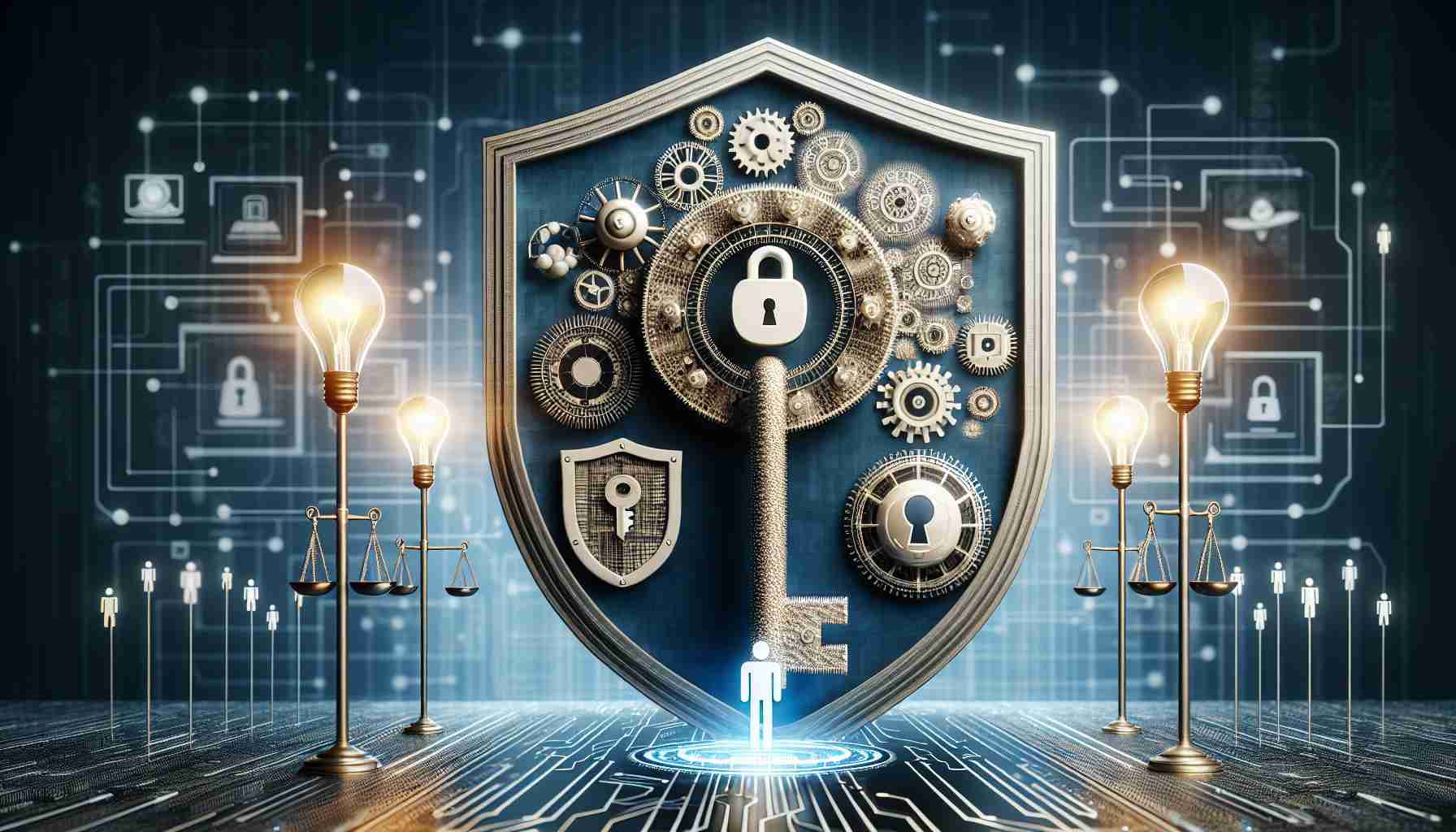Francine Katsoudas, the Executive Vice President and Chief People, Policy, and Purpose Officer at Cisco, answers BBC’s questions about digital inclusion. In her everyday work, Katsoudas focuses on bridging the gap between people who can effectively use digital technology and those who cannot. She refers to this as the “digital divide” and believes it is now more crucial than ever.
According to Katsoudas, digital technology can change people’s lives. As the Executive Vice President and Chief People, Policy, and Purpose Officer at Cisco, our goal is to create a future that is inclusive for everyone.
In 2023, Cisco, an American company specializing in digital networks and cybersecurity, exceeded its goals of positively impacting one billion lives through grant programs and network academies. However, Katsoudas believes that there is still much more to be done.
Through the Cisco Country Digital Acceleration (CDA) program, Katsoudas collaborates with business and government leaders to drive national digital agendas and support local communities through tailored, ethical technological innovations. These actions can include providing broad internet access or improving processes in medical diagnostics and treatment.
Katsoudas sees potential for the program’s development in many countries and fields, especially in the increasing recognition by governments of the need to develop technology in education, critical infrastructure, and sustainable development. “These projects often start with countries recognizing that digital capabilities can improve the quality of life for their citizens,” she says.
In her interview with the BBC, Katsoudas presents her concepts of digital inclusion, outlines an action plan for leaders, and discusses the opportunities and challenges of 2024. She explains that digital inclusion means ensuring equal access and the ability to use essential everyday services such as education and healthcare. One of the challenges she identifies is providing economical solutions that enable internet access for everyone.
Katsoudas also shares insights into Cisco’s initiatives focusing on improving people’s digital skills, particularly in the area of cybersecurity. She emphasizes the importance of focusing on people’s needs and connecting their abilities with technology to achieve success in digital inclusion.
If you were to determine the destination of the digital inclusion program, what checkpoints would you consider?
First and foremost, we should identify the area on which our company should focus and what our main strengths are that can drive digital inclusion. Then, we need to establish a meaningful digital goal based on the impact we want to have on society. For example, in our Network Academy, we have set a goal for the number of students we want to educate. The third step is creating a prototype or pilot to test the feasibility of our goal. During the pilot phase, we don’t require commitments from the country or government. We simply present them with a potential solution, and they decide whether it meets their needs. If it does, we quickly move on to scaling the solution. Lastly, there are many wonderful digital inclusion projects worldwide from which we can learn. It’s worth taking the time to understand and familiarize ourselves with them.
FAQs about digital inclusion:
1. What does “digital divide” mean?
“Digital divide” refers to the gap between people who can effectively use digital technology and those who cannot.
2. What is Cisco’s goal in terms of digital inclusion?
Cisco’s goal is to create a future that is inclusive for everyone through grant programs and network academies.
3. How does Cisco contribute to digital inclusion?
Cisco contributes to digital inclusion through the Cisco Country Digital Acceleration (CDA) program, collaborating with business and government leaders to drive national digital agendas and support local communities through tailored, ethical technological innovations.
4. What are the potential areas for the development of the digital inclusion program?
The potential areas for the development of the digital inclusion program include education, critical infrastructure, and sustainable development, especially with the increasing recognition by governments of the need to develop technology in these areas.
5. What are the challenges of digital inclusion?
One of the challenges of digital inclusion is providing economical solutions that enable internet access for everyone.
6. How does Cisco enhance people’s digital skills?
Cisco enhances people’s digital skills through initiatives such as the Network Academy, which focuses on training in cybersecurity.
7. How to establish the goal of a digital inclusion program?
The first step is to determine the area the company should focus on and identify the main strengths that can drive digital inclusion. Then, establish a meaningful digital goal based on the impact the company wants to have on society. The next step is creating a prototype or pilot to test the feasibility of the goal, and if successful, proceed with scaling the solution.
Definitions of key terms and jargon:
– Digital divide: the gap between people who can effectively use digital technology and those who cannot.
– Cisco Country Digital Acceleration (CDA): Cisco’s program that supports national digital agendas and local communities through tailored, ethical technological innovations.
– Cybersecurity: a branch of security focused on protecting computer systems and networks from threats related to cyberspace.
Suggested related links:
– Cisco’s homepage
– Cisco training programs
– Cisco solutions
The source of the article is from the blog zaman.co.at
